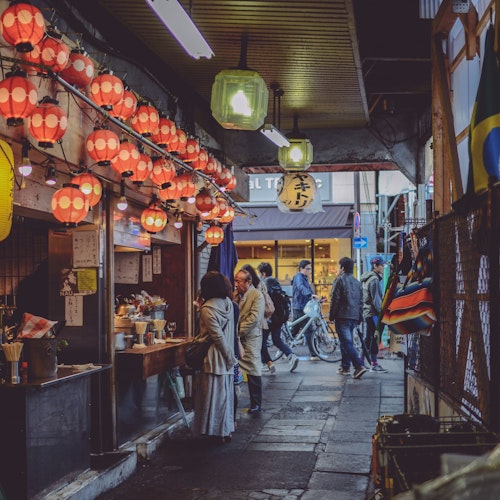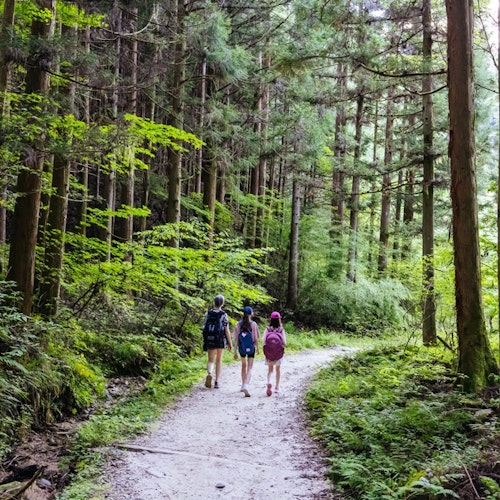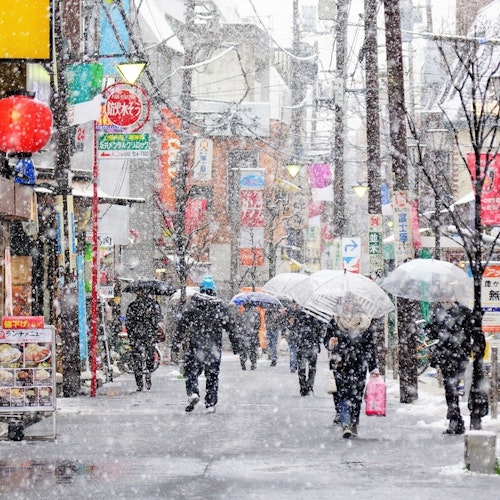
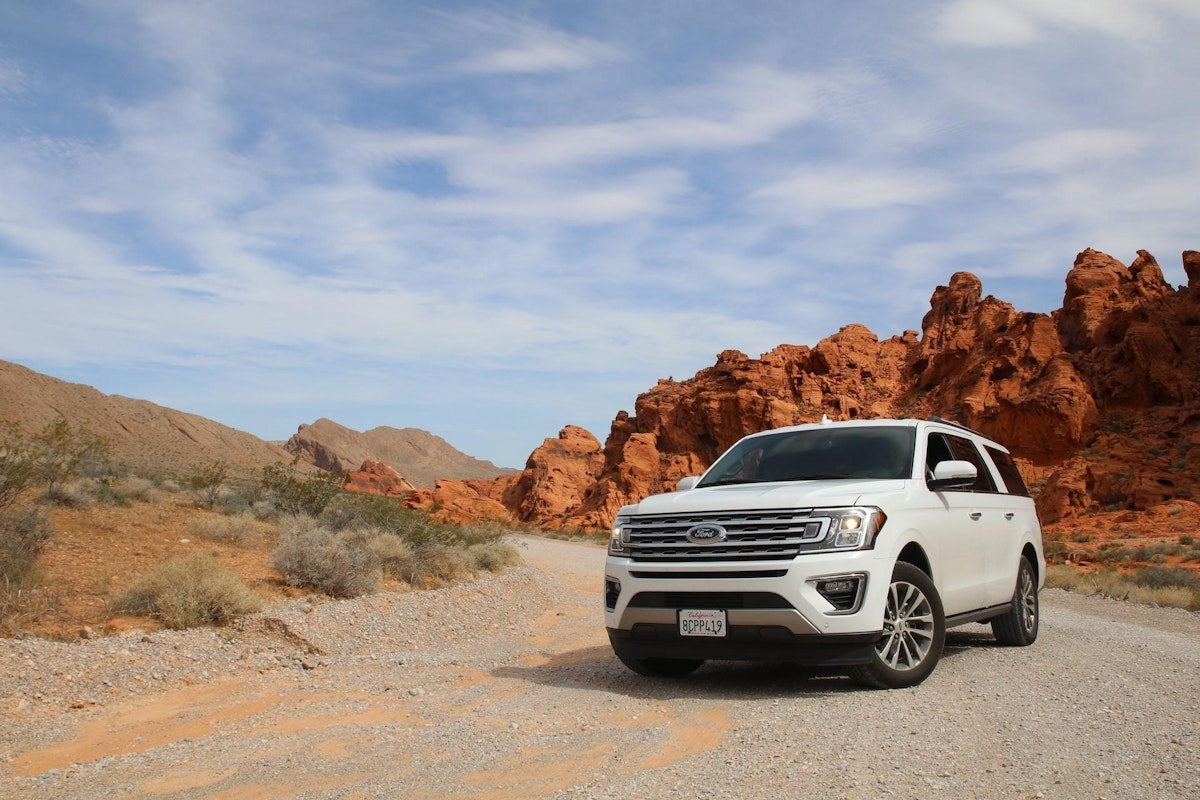
Planning a trip to Japan and wondering whether you should rent a car or rely on public transportation? It's a question that crosses the mind of nearly every first-time visitor to the Land of the Rising Sun.
With one of the world's most advanced railway systems on one hand and scenic countryside roads on the other, the decision isn't always straightforward. This comprehensive guide will help you weigh your options and make the best choice for your Japanese adventure.
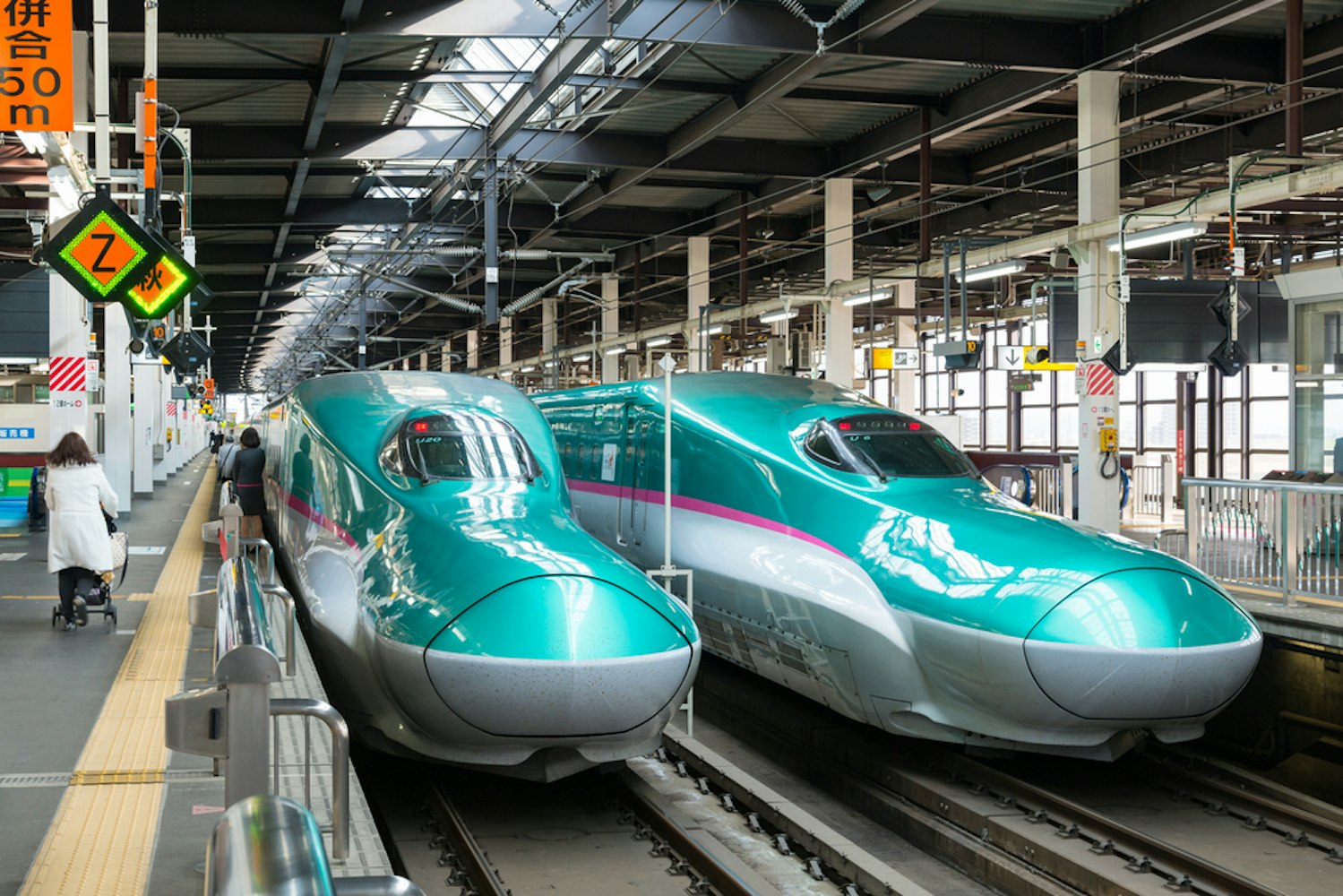
Japan's public transportation system is legendary worldwide, and for good reason. The country has developed an incredibly sophisticated network that moves millions of people daily with remarkable efficiency.
The Shinkansen bullet train stands as the crown jewel of this system, connecting major cities at speeds reaching 320 km/h. A journey from Tokyo to Osaka takes just 2.5 hours, and trains depart every few minutes during peak times. The punctuality is astounding—delays are measured in seconds, not minutes, and when they occur, they make national news.
Within cities, subway and train networks create an intricate web of connectivity. Tokyo alone has over 280 stations across multiple railway companies, all integrated into a seamless system. Trains run frequently, with intervals of just 2-5 minutes during rush hours. Regional lines extend this network into smaller towns and tourist destinations, ensuring that most places you'd want to visit are accessible by rail.
In major cities like Tokyo, Osaka, Kyoto, and Yokohama, public transportation is not just convenient—it's often the best way to get around. The subway and train networks are so comprehensive that you can reach virtually any attraction, restaurant, or shopping district without ever needing a car. In fact, having a car in these cities can be more of a hindrance than a help.
While individual train tickets can add up, Japan offers several money-saving options for tourists. The JR Pass, available exclusively to foreign visitors, provides unlimited travel on most JR trains, including many Shinkansen lines, for periods of 7, 14, or 21 days. For example, a single round-trip ticket from Tokyo to Osaka on the Shinkansen costs around ¥28,000, while a 7-day JR Pass costs approximately ¥29,650—meaning you break even with just one round trip and can travel unlimited after that.
For groups of four traveling extensively, the economics can shift, but for most tourists sticking to major cities and popular routes, public transport remains more economical when you factor in rental fees, tolls, parking, and fuel costs.
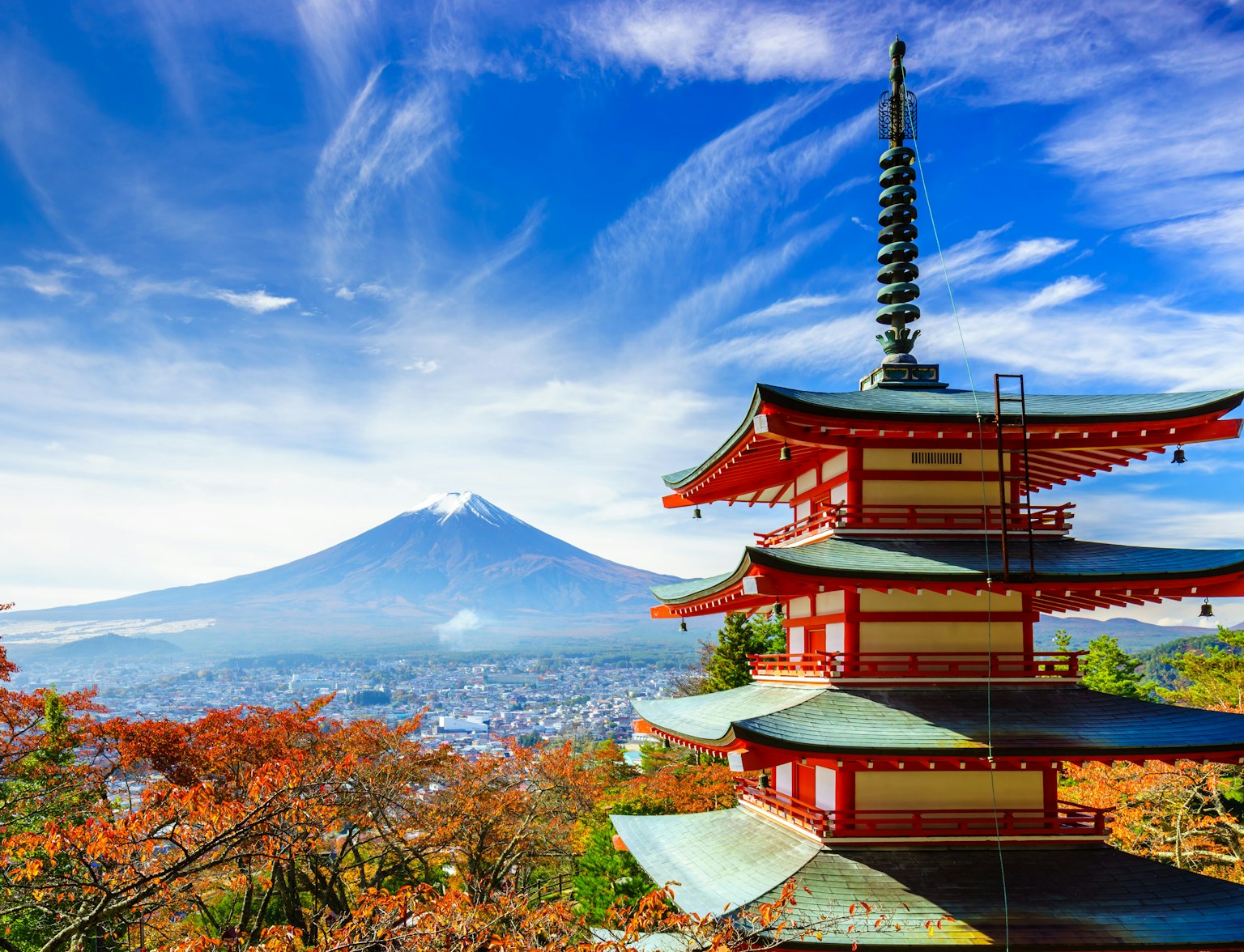
Discover Japan without limits with our all-access JR Pass! Roam vibrant cities, embrace serene landscapes, and dive into local culture, all with seamless travel on JR lines, airport railways, and more.
Parking in Japanese cities is notoriously difficult and expensive. Parking lots in urban areas can charge ¥300-500 per hour, and finding a spot near popular attractions can be a frustrating experience. With public transport, you simply exit at your destination station and start exploring.
While driving in a foreign country can be challenging, Japan's public transportation eliminates this stress. English signage is increasingly common at major stations, and smartphone apps like Google Maps and Hyperdia make navigation straightforward even for non-Japanese speakers. You don't need to worry about reading road signs, understanding traffic rules, or dealing with expressway tolls.
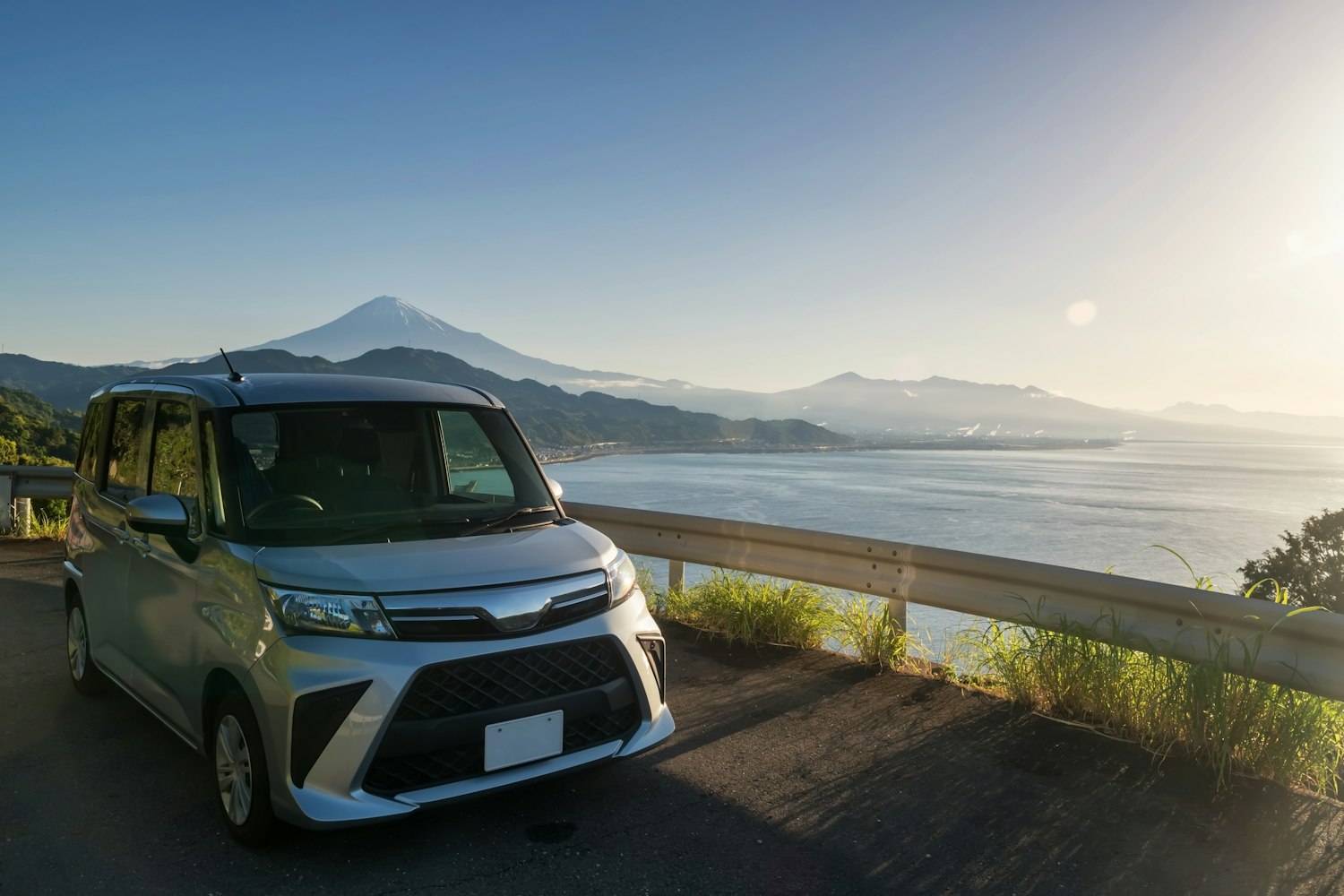
Despite the excellence of public transport, there are situations where renting a car can enhance or even transform your Japanese journey.
Rural Japan offers some of the country's most breathtaking scenery and authentic cultural experiences, but many of these areas have limited public transportation. If you're planning to explore places like the Japanese Alps, rural Hokkaido, the Noto Peninsula, or remote onsen towns, a car provides flexibility and access that trains simply cannot match.
Small villages, hidden temples, mountain roads, and coastal drives often have infrequent bus service or may require multiple connections that consume precious vacation time. With a car, you can stop whenever and wherever you like to photograph landscapes, discover local restaurants, or explore at your own pace.
For groups of four or more people, the math starts to change. While a single train ticket from Tokyo to Osaka might cost ¥14,000, four tickets would total ¥56,000. Car rental for several days, including fuel, might come in under ¥30,000-40,000, making it more economical for larger groups, especially when venturing beyond major cities.
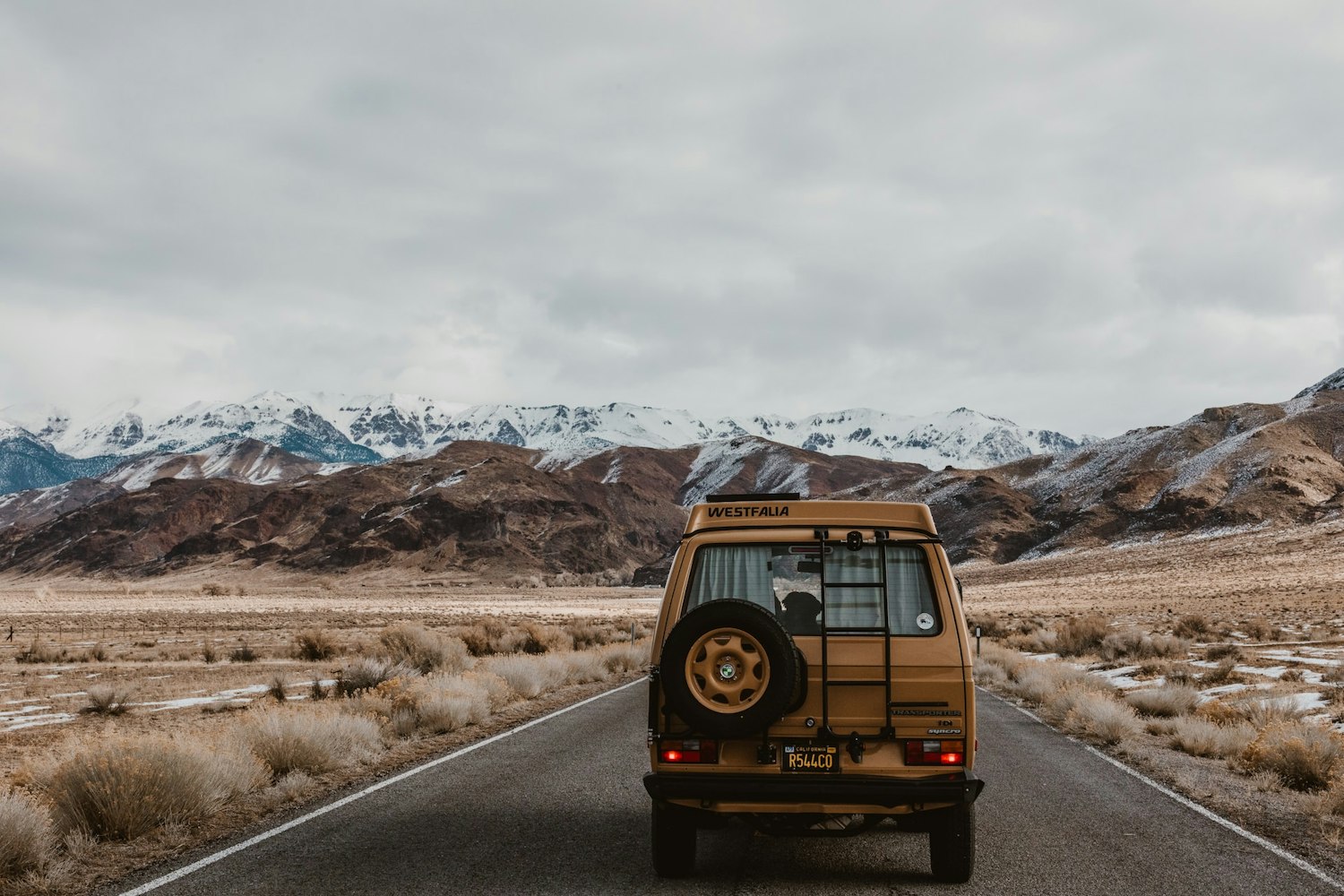
If your itinerary includes multiple small towns and rural attractions in a region like Kyushu or Shikoku, a car rental can be more practical than juggling multiple train connections and bus schedules.
Road trips along scenic routes like the Shimanami Kaido cycling path (which also accommodates cars) or through Hokkaido's national parks offer unparalleled freedom.
Despite the benefits, driving in Japan has challenges:
Driving on the left side: Takes adjustment if you’re used to the right.
High costs: Fuel, tolls, and parking can add up quickly.
Parking limitations: Especially in major cities, where fees are high and spaces limited.
Language barrier: Road signs may not always be in English, though major highways are improving.
Permit requirement: Tourists need an International Driving Permit (IDP) in addition to their home license.
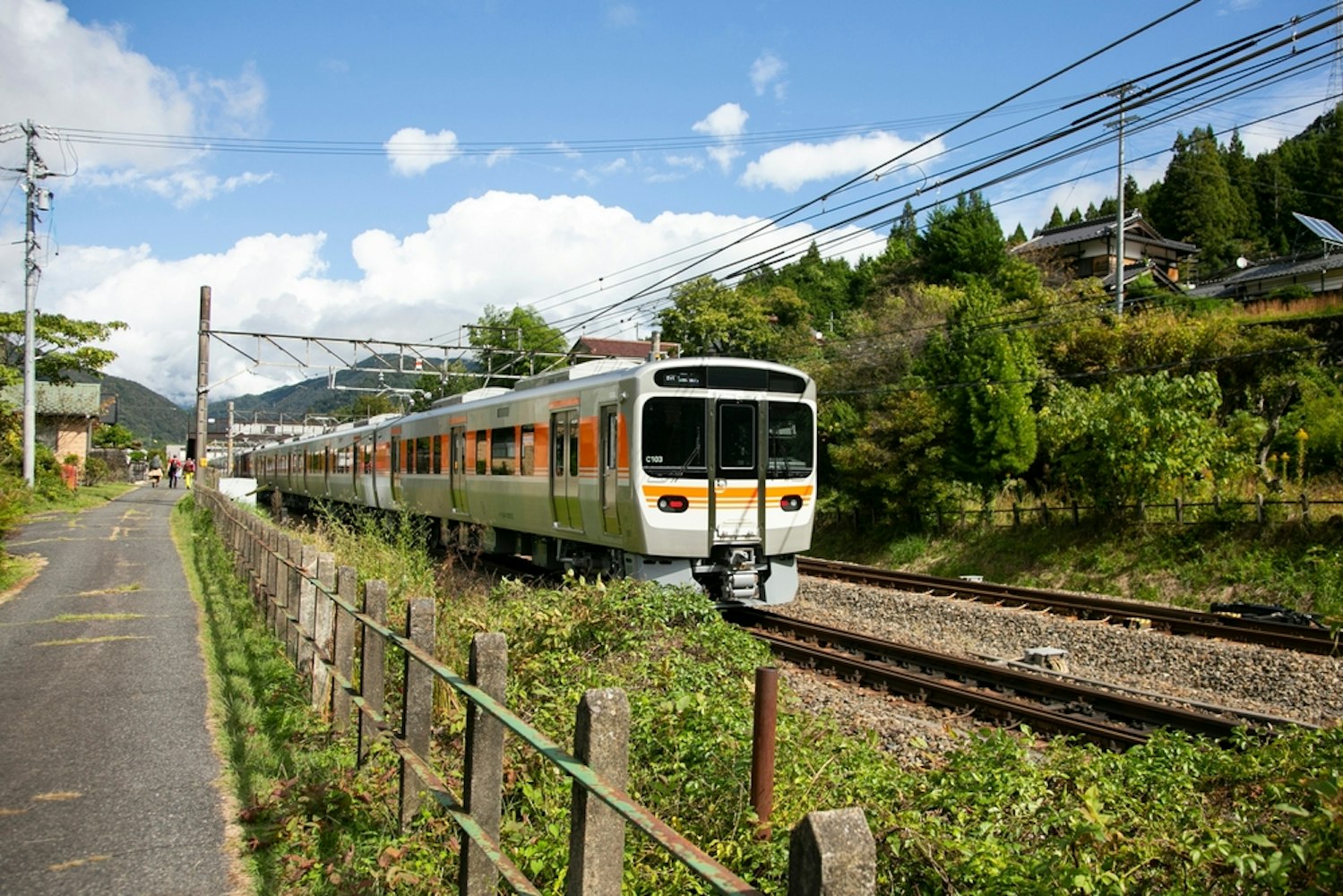
Let's break down the numbers for a typical Tokyo-to-Osaka journey to understand the real costs involved.
JR Pass (7 days): ¥29,650
Local subway/bus fares in Tokyo and Osaka: ¥3,000-5,000
Total: Approximately ¥32,650-34,650
Car rental (economy class): ¥35,000-50,000
Fuel: ¥8,000-12,000
Highway tolls (Tokyo-Osaka round trip): ¥16,000-20,000
Parking (hotels, attractions): ¥10,000-15,000
Total: Approximately ¥69,000-97,000
For a solo traveler or couple sticking to major cities, public transport is clearly more economical. However, the calculation changes for groups and rural itineraries:
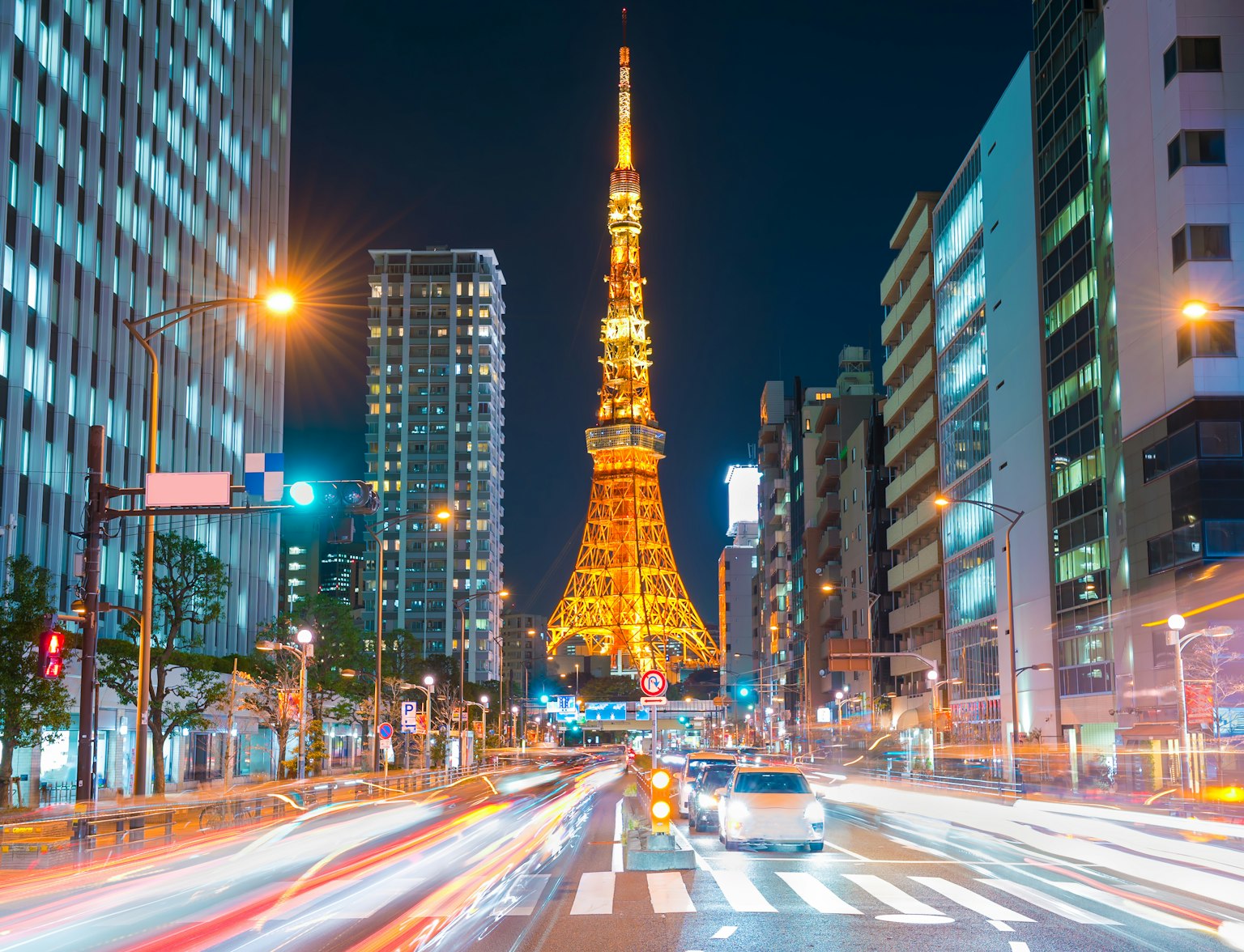
Experience the beauty of Tokyo at night with our private car tour. Visit iconic landmarks like Tokyo Tower and Rainbow Bridge, with convenient hotel pick-up and drop-off included.
JR Passes for 4 people: ¥118,600
Local transport: ¥10,000-15,000
Total: Approximately ¥128,600-133,600
vs.
Car rental (larger vehicle): ¥50,000-70,000
Fuel: ¥15,000-20,000
Limited highway tolls (avoiding expensive routes): ¥10,000
Parking: ¥15,000
Total: Approximately ¥90,000-115,000
For larger groups exploring rural areas where JR Passes provide less value, a car can be more economical.
If you've decided that renting a car makes sense for your trip, here are some essential tips to ensure a smooth experience:
Get an IDP: Apply for an International Driving Permit before leaving your home country.
Choose a reputable company: Toyota Rent-a-Car, Times, Nippon, and Orix are popular choices.
Navigation tools: Request an English GPS or use apps like Google Maps for smoother driving.
ETC card: Renting an ETC (Electronic Toll Collection) card saves time and hassle on expressways.
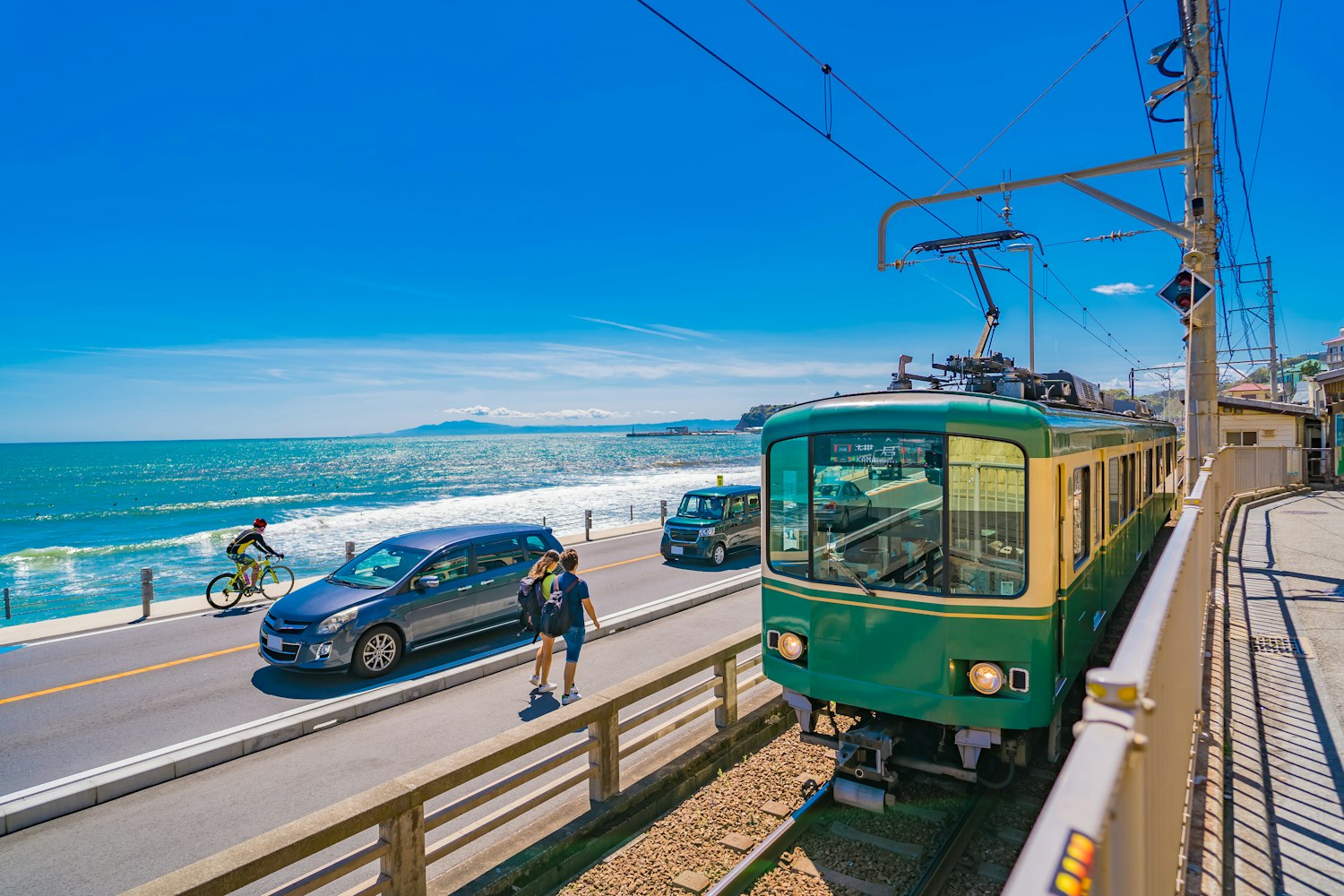
The answer depends entirely on your specific itinerary and travel style.
Choose Public Transportation If:
You're primarily visiting major cities (Tokyo, Osaka, Kyoto, Hiroshima, Fukuoka)
You're traveling solo or as a couple
You want to minimize stress and maximize relaxation
You're a first-time visitor to Japan
Budget is a primary concern
You value the experience of traveling like a local
Choose a Car Rental If:
Your itinerary focuses heavily on rural areas, mountains, or remote destinations
You're traveling with a larger group (4+ people)
You want maximum flexibility and spontaneity
You're comfortable driving in a foreign country
You're planning a specific road trip route (Hokkaido, Japanese Alps, Kyushu countryside)
You need to transport significant luggage or equipment
Consider a Hybrid Approach: Many savvy travelers use a combination approach—taking trains between major cities and renting a car for specific legs of their journey.
For example, you might take the train from Tokyo to Kyoto, explore the city via public transport, then rent a car for a few days to explore the Japanese Alps or rural areas before returning the car and taking the train to Osaka. This strategy maximizes convenience while minimizing costs.
